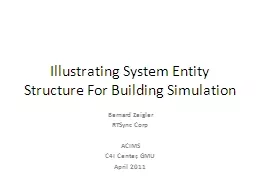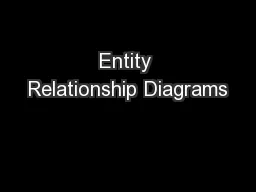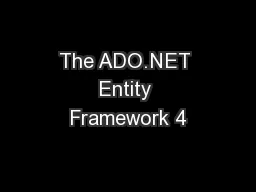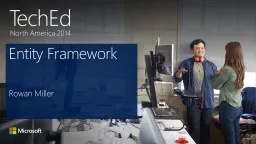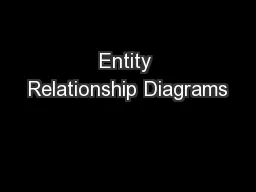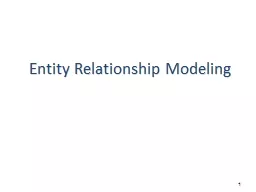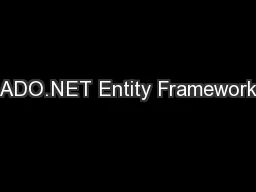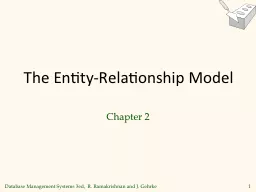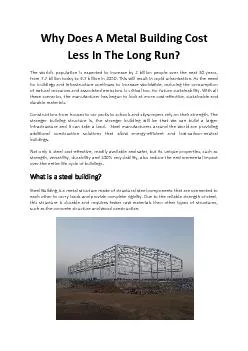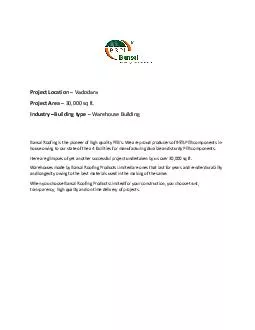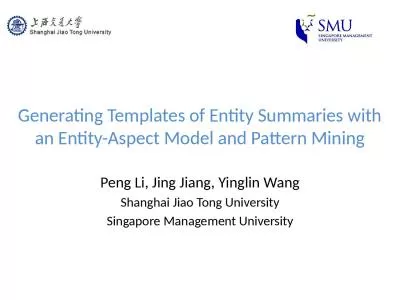PPT-Illustrating System Entity Structure For Building Simulatio
Author : tatyana-admore | Published Date : 2016-05-09
Bernard Zeigler RTSync Corp ACIMS C4I Center GMU April 2011 Traditional Simulation Development From Goldstein DEVS Tutorial The code consists of five parts the
Presentation Embed Code
Download Presentation
Download Presentation The PPT/PDF document "Illustrating System Entity Structure For..." is the property of its rightful owner. Permission is granted to download and print the materials on this website for personal, non-commercial use only, and to display it on your personal computer provided you do not modify the materials and that you retain all copyright notices contained in the materials. By downloading content from our website, you accept the terms of this agreement.
Illustrating System Entity Structure For Building Simulatio: Transcript
Download Rules Of Document
"Illustrating System Entity Structure For Building Simulatio"The content belongs to its owner. You may download and print it for personal use, without modification, and keep all copyright notices. By downloading, you agree to these terms.
Related Documents

